order histories, retained contact details for faster checkout, review submissions, and special promotions.
Forgot password?
order histories, retained contact details for faster checkout, review submissions, and special promotions.
Location
Corporate Headquarters
Vector Laboratories, Inc.
6737 Mowry Ave
Newark, CA 94560
United States
Telephone Numbers
Customer Service: (800) 227-6666 / (650) 697-3600
Contact Us
Additional Contact Details
order histories, retained contact details for faster checkout, review submissions, and special promotions.
Forgot password?
order histories, retained contact details for faster checkout, review submissions, and special promotions.
PSMC2 / RPT1
proteasome (prosome, macropain) 26S subunit, ATPase, 2
The 26S proteasome is a multicatalytic proteinase complex with a highly ordered structure composed of 2 complexes, a 20S core and a 19S regulator. The 20S core is composed of 4 rings of 28 non-identical subunits; 2 rings are composed of 7 alpha subunits and 2 rings are composed of 7 beta subunits. The 19S regulator is composed of a base, which contains 6 ATPase subunits and 2 non-ATPase subunits, and a lid, which contains up to 10 non-ATPase subunits. Proteasomes are distributed throughout eukaryotic cells at a high concentration and cleave peptides in an ATP/ubiquitin-dependent process in a non-lysosomal pathway. An essential function of a modified proteasome, the immunoproteasome, is the processing of class I MHC peptides. This gene encodes one of the ATPase subunits, a member of the triple-A family of ATPases which have a chaperone-like activity. This subunit has been shown to interact with several of the basal transcription factors so, in addition to participation in proteasome functions, this subunit may participate in the regulation of transcription. This subunit may also compete with PSMC3 for binding to the HIV tat protein to regulate the interaction between the viral protein and the transcription complex. Alternative splicing results in multiple transcript variants encoding distinct isoforms.
| Gene Name: | proteasome (prosome, macropain) 26S subunit, ATPase, 2 |
| Family/Subfamily: | ATPase , not assigned-ATPase |
| Synonyms: | PSMC2, Protein MSS1, MSS1, Nbla10058, Protease 26S subunit 7 |
| Target Sequences: | NM_002803 NP_002794.1 P35998 |
Publications (2)


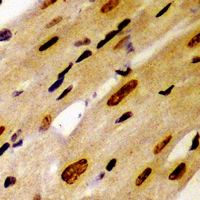

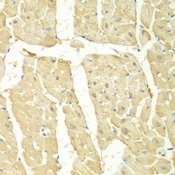
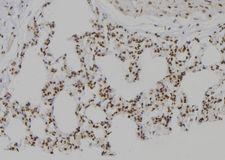
![PSMC2 / RPT1 Antibody - Immunofluorescence of monoclonal antibody to PSMC2 on HeLa cell. [antibody concentration 10 ug/ml]](https://lsbio-7d62.kxcdn.com/image2/psmc2-rpt1-antibody-clone-4c10-2c8-ls-c198018/146259_5237836.jpg)
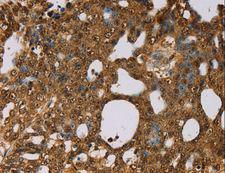

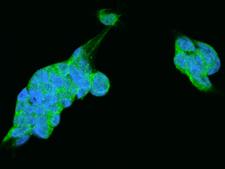
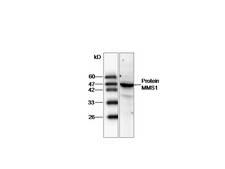
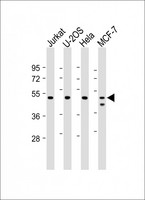
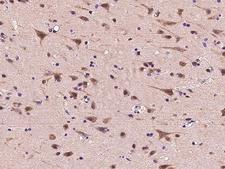
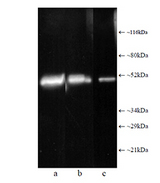

If you do not find the reagent or information you require, please contact Customer.Support@LSBio.com to inquire about additional products in development.










